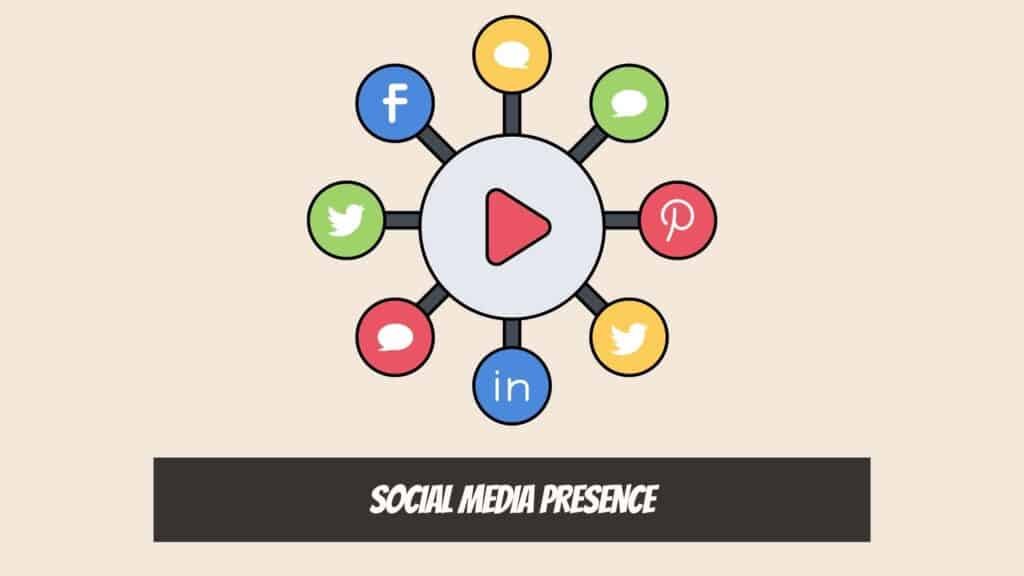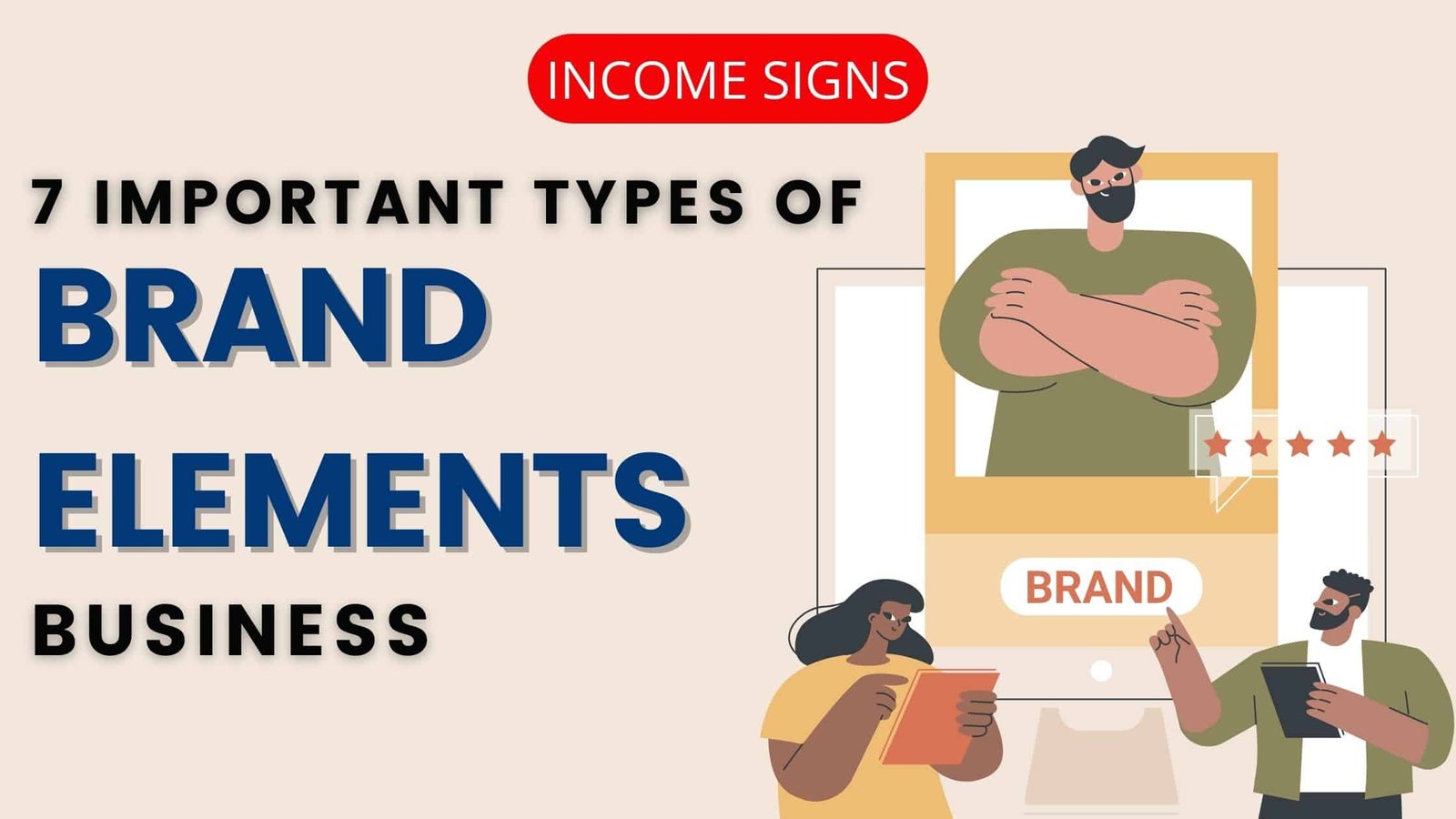Are you a small business owner wanting to create a strong brand identity? Great! A strong brand identity is essential for any business, big or small. But before seeing to create a strong Brand identity. You must need to understand what are the elements involves in developing brand elements.
What is Brand Identity?
A strong brand identity is essential for any business, large or small. It is what sets your business apart from the competition and helps customers to remember your products or services.
Brand elements include everything from your company name and logo to your color scheme and website design and some more elements of the brand. It is how you present yourself to the world and how customers perceive you.
Creating a strong brand identity is important for businesses because it can help to build customer loyalty, increase sales, and attract new customers. When customers have a positive association with your brand, they are more likely to purchase from you again in the future.
A strong brand identity can also help you to charge more for your products or services, as customers are willing to pay a premium for brands they trust. So if you’re starting a new business or rebranding an existing one, make sure you put some for building the criteria for brand elements. It could be the key brand elements to success.
What are Brand Elements?

A company’s brand identity is the sum of all the different brand elements that make up its public persona. This includes everything from the name and logo to the website design and social media presence.
Establishing a strong brand identity is essential for any business, as it helps to build recognition and credibility. For new startups, in particular, a well-crafted brand identity can be the difference between success and failure. Of course, creating a strong brand identity is no easy task.
It requires careful planning and execution, as well as a deep understanding of your target audience. But with careful attention to detail, any business can develop a professional and memorable brand identity.
Here we can see the most important brand elements for building a successful business.
Logo
The logo is one of the most important elements of your brand identity. It should be simple, memorable, and relevant to your industry.
Your logo should be used consistently throughout all of your marketing collateral, from your website to your business cards. It is often the first thing potential customers will see, so make sure it makes a good impression.
When designing your logo, keep in mind that less is more. A simple logo is easier to remember and can be used in a variety of ways.
If you’re not sure where to start, take a look at some of the most iconic logos in the world. See how they are simple, yet effective, and try to apply that to your own design.
Examples of Logo:
- McDonald’s
- Nike
- Coca-Cola
- Starbucks.
Color Scheme
The colors you use in your brand identity can have a powerful effect on customer perception. Try to choose colors that are appropriate for your industry and will appeal to your target audience.
When selecting a color scheme, look at the psychology of color different colors evoke different emotions. For example, blue is often associated with trustworthiness and reliability, while red is often used to evoke energy and excitement.
If you’re not sure what colors to use, try picking one or two main colors and then adding accent colors for a more vibrant effect. Once you have a color scheme chosen, stick with it consistently.
Famous Brands Color Scheme:
- Red: Coca-Cola, Virgin, Netflix
- Orange: Nickelodeon, Fanta
- Yellow: McDonald’s, Post-it
- Green: Starbucks, Greenpeace
- Blue: Facebook, Twitter, Skype
- Purple: Cadbury, Yelp.
Tagline
Your tagline should summarize what your company is all about and why customers should choose you over your competitors. It should be short, memorable, and easy to understand.
Take a look at some of the most famous brands in the world for inspiration. For example, Nike’s tagline is “Just Do It,” which sends a powerful message to potential customers.
Best Tag Line Examples :
- Just Do It. (Nike)
- I’m lovin’ it. (McDonald’s)
- Finger-Lickin’ Good. (KFC)
- Think Different. (Apple).
These are the famous tag lines that help to create an identity in customer’s minds.
The Tone of Voice and Vocabulary

The tone of voice should reflect your brand personality and be appropriate for your target audience. For example, a luxury brand would have a different tone of voice than a casual brand.
Your tone of voice should be consistent across all of your marketing places, from your website to your social media posts. Keep in mind that the way you communicate with customers can have a big impact on their perception of your brand.
Vocabulary is also important for creating a strong brand identity. The words you use should be relevant to your industry and target audience. They should also be easy to understand and remember.
If you’re not sure what tone of voice or vocabulary would be best for your brand, take a look at your competitors. See how they communicate with customers and try to find a unique angle that sets you apart.
Examples of Tone of voice and Vocabulary:
- Luxury brands: Exclusive, Premium, High-end
- Casual brands: Relaxed, Easygoing, Friendly
- Formal brands: Professional, Serious, Traditional
Typography
Typography is the art and technique of arranging type to make written language legible, readable and appealing when displayed. The arrangement of type involves selecting typefaces, point size, line length, leading (line spacing), letter-spacing (tracking), and adjusting the space within letter pairs (kerning).
A brand’s typography says a lot about its personality. It can be loud and exciting or quiet and understated. The typography you choose should be appropriate for your brand and target audience.
When selecting a typeface, make sure it is legible and easy to read. You should also consider how the typeface will look when used in different formats, such as on your website or in print.
Once you’ve selected a typeface, use it consistently across all of your marketing materials. This will help create a cohesive brand identity that is easy for customers to recognize.
Examples of Typography:
- Helvetica (clean and modern)
- Times New Roman (traditional and classic)
- Comic Sans (fun and playful)
Website Design
Your website is often the first point of contact between you and potential customers. As such, it’s important that your website accurately reflects your brand identity.
Your website should be professional and easy to navigate, with a design that is consistent with your other marketing materials. It should also be mobile-friendly, as more and more people are using their smartphones to browse the internet.
Some Famous Website Designs:
- Trustworthy Brand: Paypal
- User-friendly: Amazon
- Unique and Creative: Airbnb
- Playful & Lively Brand: Discord
- Diversified Brand: Spotify
On the above-listed website, you can get good examples of Logos, Tagline, Color Schemes, typography, and tone of voice.
Social Media Presence

In today’s digital age, it’s important for businesses to have a strong social media presence. Your social media accounts should be active and regularly updated, with content that is relevant to your brand.
Your social media accounts are a great way to connect with potential and existing customers. They can also be used to promote your brand, share news and announcements, and run marketing campaigns.
Best Social Media Presence:
Conclusion – Important Types of Brand Elements for your Business.
With the above examples of brand elements examples, We can understand that your brand is your business’s most valuable asset it differentiates you from your competition and allows customers to know what to expect when they do business with you.
While there are many brand elements out there, the four we’ve discussed here are some of the most important for businesses to consider as they work to build a strong, recognizable brand.
Thanks for reading.
